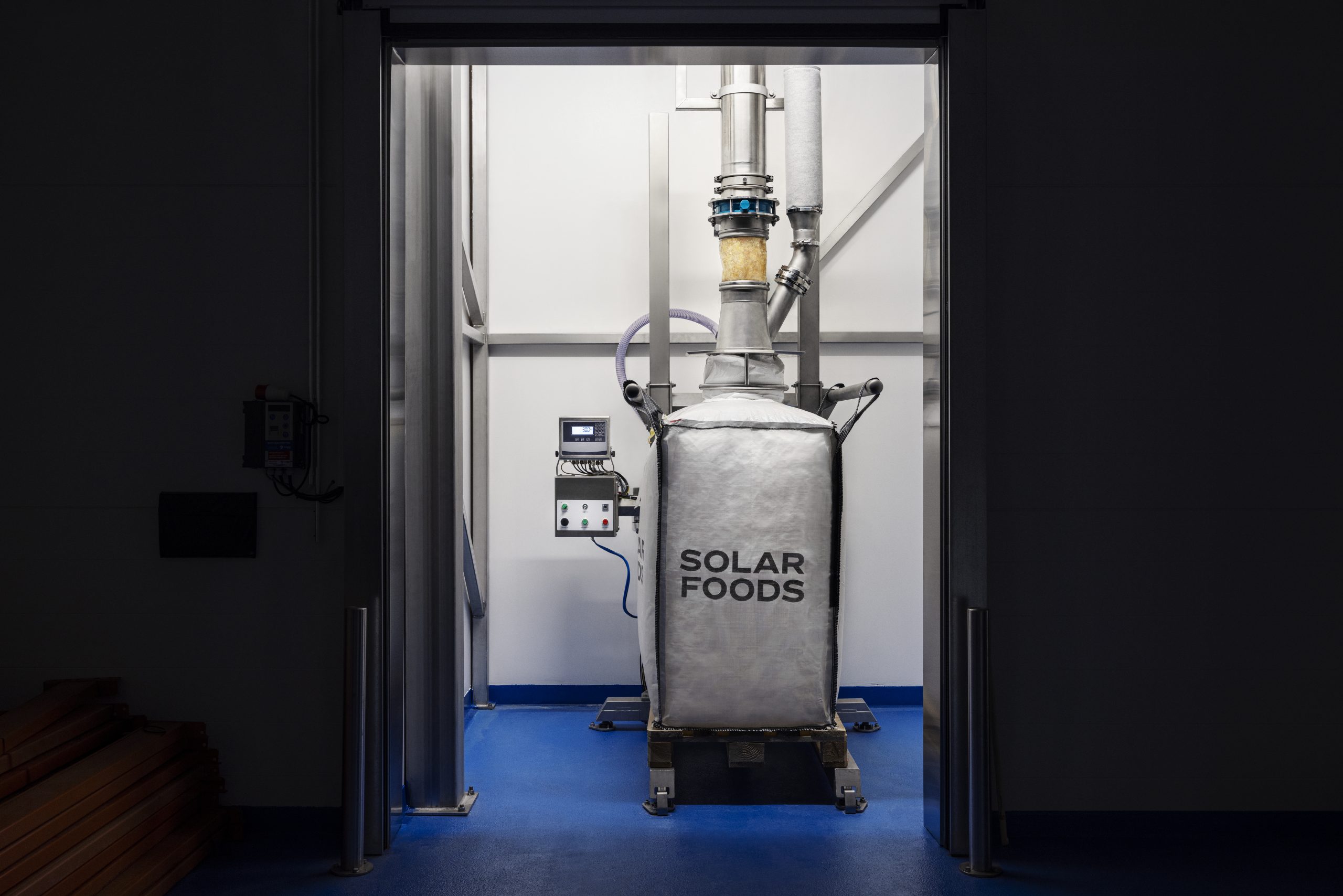For more than twenty years he researched the healing methods of South American shamans. And now that he has unlocked these mysteries, he wants to introduce them into Western medicine. His goal is healing: healing humans, healing spirit, healing society. An interview with a man with amazing stories to tell.
Suddenly a tear rolls down Alberto Villodo’s cheek. After a long silence, interrupted only by the intermittent croaking of frogs in this beautiful valley north of Los Angeles, he is overcome with emotion. “I was reading that frogs will be extinct by 2050,” he says. “A couple of weeks ago I took a walk with my 15-year-old son to listen to the frogs singing. When he’s 50, that sound will no longer exist. Maybe he’ll remember the time we took that walk. Our way of life means that 10,000 species of plants and animals are becoming extinct every year. This is an era of madness.”
The pain of this looming loss seems tangible as we talk, for to Villodo, the drama of the frog is the drama of humanity.
He springs to his feet. “You know when the Europeans came to America they found a clean and seemingly untouched country,” he says. “The rivers were clean, the forests were virginal. The explorers were convinced that the new world was unpopulated. They thought they had found paradise. But there were 100 million people in North and South America at that time. Back then, 100 million people who apparently understood the art of living respectfully and in harmony with nature.”
The effects of thousands of years of a dominant Western civilization are now surfacing. This is the shadow side of progress, but Villoldo sees a turning point on the horizon. “The corporation is the only organism on the planet that becomes more profitable as it becomes less ecological,” he says. “That only works in the short term, for the costs are passed on to successive generations. I remember once describing the Internet to a shaman. He looked at me in disbelief. ‘You need a computer for that?’ he asked. ‘Do you mean that the only way you can reach that web which connects all people together is with a machine?’ He had never heard of anything so ridiculous. The West has depleted paradise, and we’re seeing the consequences. We’re exhausting our medical resources. One quarter of the staphylococcus bacteria is resistant to all types of antibiotics. Hospitals are the third largest cause of death in the United States.”
Curing and healing: This is what Alberto Villoldo’s life is all about. He has become a modern medicine man, a cross between a psychologist who is well-versed in present-day technology and an ancient, wise shaman from the Andes or Amazon. The aim remains the same: healing. Healing humans. Healing the soul. Healing society.
He was born in Cuba and grew up amidst the violence of the revolution. Home was a place of happiness and love, but the cruelties he saw on the street deeply touched the soul of the small boy. After his family fled the island, these experiences led him to study psychology, first in Puerto Rico and then in California. “I was looking for my own healing,” he says.
As one of the youngest professors at the University of California at San Francisco, he conducted research into the relationship between the human state of mind and illness. He asked whether the mind, which can create psychosomatic illness, can also create health.
“After a couple of years of research,” he says, “my answer was no.
Inside the mind there is a constant cacophony, a continuous discussion. Reason, rationalism and logic are wonderful tools, but with them you can create only illness, not health. The microscopic approach of Western healthcare won’t help heal the soul. At a certain point I realized that I was looking through the wrong end of the microscope. I had to go bigger and bigger instead of smaller and smaller. Then I decided to go looking for other cultures that weren’t infected by the mythology of the West.”
So Villoldo, whose friends thought he was crazy and was squandering his scientific career, left for the Amazon. That was 25 years ago. At first as an observer and anthropologist and then as a student, he spent six months of each year in rain forests or in the high mountains of the Andes. After 15-odd years he completed the unwritten training of the classic shamans. It is a schooling that focuses on experience, not knowledge. “Shamanism is not a course but a life journey,” he says. With the shamans he found the answers and the healing he was seeking.
“The shamans know that people can heal themselves through the energy field that envelops their body,” he explains. “The body organizes that energy field the same way that a magnet draws together iron filings on a sheet of paper. The energy field is the body’s blueprint, not only of the physical body but also of emotional and spiritual well-being. The energy field determines which people you meet, who you marry and the work you do, which is why a shaman works on that blueprint. For example, a friend of mine invited me to his fifth wedding. I said, ‘Do you remember what you asked me to do if you ever considered marrying again?’ He answered, ‘Yes, Alberto, but this time it’s different.’ The marriage lasted eight months, and then he came back to me and said, ‘You were right.’
“Wherever you discover a pattern of repetition in your life, you have an ‘imprint’ in your energy field. The psyche uses this in an effort to heal itself by reenacting the conditions of the original wound. We don’t want to heal this through the next marriage or the next job. We want to heal it now. You don’t have to heal through repeated suffering.
“There’s a big difference between curing and healing. Healthcare is concerned with curing. We are in the ‘business’ of healing. We are all familiar with examples of people who have had an operation involving the removal of tissue or an organ, but who were not healed. They are still in the same poisonous relationships or the same mentally unhealthy work environment. Most of the time healing will result in a cure, but seldom will a cure result in healing. Healing is carried out at the soul level. Those who cure—Western doctors—say you run a higher risk of heart disease if your (grand)parents also suffered from heart problems. They base their assumptions on biology, which teaches that we cannot change our genes and that change occurs only slowly, from generation to generation. The healing of the shamans takes place within one generation. The shamans assume everyone can heal themselves, that we can restore our body, that we can reform our DNA code. I have had childhood illnesses that my parents also had and that my children have not gotten because I was able to break the pattern. Shaman healthcare is an entirely different, spiritual model which is at odds with accepted Western medicine.”
Shamans distinguish four ways of healing. First, they use so-called illumination rituals to overwrite “imprints” in the energy field that have clogged it. A second approach relates to removing energies that don’t belong to the person. “In the West,” Villoldo says, “we assume that everything belongs to us, but shamans know that people sometimes carry energies with them that don’t belong to them. During a recent lecture I was critically questioned about how shaman healing works. Suddenly a man stood up and said, ‘Many of you know that I’ve had a major problem with alcohol for the past ten years. Three months ago I went to see one of Dr. Villoldo’s students. I had two sessions with her and haven’t touched a drop of alcohol since. This really works. Thank you.’
“The next day I called my student and asked her what she had done. She said, ‘When that man came into my room, the ghost of his father, who had died ten years earlier, was walking right behind him. The man had been hindered by the spirit of his father, who didn’t know he was dead and was caught between two worlds. When I helped the ghost to die, his son was able to stop drinking.’”
Shamans also sometimes travel with their clients back to previous lives to recapture a piece of the soul lost because of an injury incurred at that time. Restoring wholeness provides an answer for the still-unresolved trauma. “This type of soul recovery can accomplish in a few sessions what can take years with psychotherapy,” Villoldo says. “If you regain the lost energy, it’s much more effective than when you only acquire informative insight.”
Learning to die is the fourth healing method of the shamans. “In the West we have lost the rituals of death,” Villoldo says. “We have forgotten how we can die ourselves and how we can help others to die. When you lose this rite of passage, you get stuck. Shamans teach you how to die. They teach you to die in hundreds of different ways whereby death no longer exists. You know this not because you’ve read it in a book, but because you’ve lived your own death. That doesn’t mean the fear disappears, but it no longer has a hold on you. Every change in your life is a death. And because we live in a culture where we’ve forgotten how to die with dignity, we avoid change. We want new births, new experiences, but we don’t want to go through the deaths associated with all this. As a result, we accumulate the ‘baggage of the undead,’ which gets in the way of our health. Most people die long before they die. They become lifeless. We need to learn to die and grieve again in order to learn to live.”
As I listen to Villoldo, my thoughts begin to wander. This is a man who got his Ph.D. in psychology from the University of San Francisco’s Saybrook Institute and has done high-level research respected in established medical circles, but I hear words that I’ve heard too often in all types of New Age workshops. I hear words that remind me of the ethereal language that for some reason just doesn’t sound convincing. The same words and yet another language, for Villoldo is nothing like your average dime-a-dozen New Age teacher. He exudes a natural authority. What’s the difference? I ask Villoldo how he experiences the world of New Age trends, spirituality and meditation so richly represented in the California in which he lives.
“Meditation is extraordinary,” he says. “I meditate every day. Prayer is also very powerful. I do it daily. But you cannot heal yourself by escaping into spiritualism. Much of modern spirituality has to do with avoiding deep-seated, difficult healing processes. Shamanism goes much deeper. It truly adds something to conventional medicine. All major cancer centers in the United States now have doctors and nurses who have followed shaman training. We have trained some 200 doctors and hundreds of nurses. These people bring reform to hospitals and clinics. These people know what I’ve also learned, that shamanism has nothing to do with a primitive culture. The condescending attitude that some people have toward shamanism has to do with the fact that the Indians had an oral culture. They never wrote anything down. We think that when you’re illiterate, you’re stupid, but I’m convinced that the Mayans and the Incas knew that if they invented writing, they would end up with lawyers…”
There may be a parallel between the invention of the alphabet and the destruction of Western civilization. The alphabet put knowledge into the hands of the elite. Knowledge became power. Power became exploitation. The ability to live in harmony with each other and with the environment was lost, which is why the first Europeans to set foot in paradisiacal America in the fifteenth century were so amazed. “The roots go deep,” Villoldo says. “Western mythology is the only one in which people are banned from paradise and it’s the woman’s fault. Women are doomed, and the West is condemned to a conflict with the earth and the feminine. Banishment and conflict can be found in everything we do, including our healthcare system and our economy. We grow up with the language of war. And then there’s psychology, which teaches us that we are all victims. Victims of how our parents raised us. Victims of abandonment and victims of loss. These are very different stories than the stories of connection—between generations and with nature—with which so-called primitive peoples are raised. We have a neural disease that is killing the mother who brought us into this world.
“The Hopis, the Mayans and the Incas predicted centuries ago that this age would come to an end. Their calendars stop in 2012. There are predictions of hunger and plagues. But I’m still optimistic. I believe that everyone is born to make a difference. That’s why I’m here when things go well and when they go badly. I know that The Spirit is watching over us. You have to believe in that. You have to know that. You can worry about a great many things, but I think there are also a lot of reasons for tremendous hope. We can make a difference. My teacher always said, ‘Alberto, we are here not only to grow corn but to grow gods.’”
Alberto Villoldo (55) has written a number of books, including Island of the Sun (with Erik Jendresen, 1992), Secrets of the Inca Medicine Wheel (with Erik Jendresen, 1994), Skeleton Woman (1995), The First Story Ever Told (with Erik Jendresen, 1996), Dance of the Four Winds (with Erik Jendresen), Healing States (with Stanley Krippner, 1985) and Shaman, Healer, Sage (2000).
Villoldo founded the Four Winds Society in 1984 with the aim of bringing ancient shamanism into the modern world. The Four Winds Society offers courses and training in shamanism worldwide. “We don’t teach people to become Indians, to wave feathers around and shake rattles,” Villoldo says. “These rituals are about energetic processes that have a much deeper meaning and effect. We give these rituals a place in the modern-day world. Above all, we teach people to heal themselves and that the shaman’s primary responsibility is to care for the earth. That can mean that you drive a smaller car, or do volunteer work in your neighborhood or help keep the environment clean.”
Villoldo regularly gives lectures and each year takes about 100 people on five separate trips to the Amazon and the Andes.
More information: www.thefourwinds.com.











